I have had Marilyn Monroe on the brain recently due to two rather under-publicized tidbits:
- Michelle Williams (1980 – ) will be playing Marilyn in an upcoming movie My Week With Marilyn, about the tense filming of The Prince and the Showgirl (1957) with Laurence Olivier; and
- WWD recently informed me that Authentic Brands Group, LLC has bought the “intellectual property” of Marilyn Monroe — that is, the rights to use her name and image for advertising any product they see fit.
Now I understand that celebrities have been an integral part of marketing products they may or may not actually use themselves for decades, if not hundreds of years. But the Marilyn obsession, like Cleopatra, has been particularly enduring. Droves of women, beautiful in their own rights, have latched onto literal comparisons between themselves and Marilyn. Madonna (1958 – ) was particularly Marilyn-like in her late ’80s, early ’90s incarnations of herself:
And she created a video homage to Ms. Monroe by recreating her own version of “Diamonds Are A Girl’s Best Friend” from Gentlemen Prefer Blondes (1953):
in her “Material Girl” (1985) video:
Madonna’s video not only aped the pink evening gown and the dancing chorus boys, but also addressed the same stereotype of beautiful women assumed to be gold diggers — though both blondes are singing about wanting money with their men, in fact their characters are both invested in love. And the public loves to believe stunningly gorgeous women are really down to earth, don’t we?
Lindsay Lohan (1986 – ) and photographer Bert Stern (1929 – ) likewise recreated the famous “Last Sitting” photo shoot Stern himself took of Marilyn just weeks before Marilyn’s premature death, practically shot-for-shot for 2008 New York Magazine (see all photos here):
Compare to the original:
I find the following photo from the Lohan shoot especially interesting, in that she is looking at herself in the process of being made to resemble a dead woman idolized for her body and face, who turned to alcohol and pills to cope with the pressure of being the woman “every woman wants to be and every man wants.” This might be especially poignant for Lohan, as another young pop culture figure whose substance abuse was probably fueled and certainly facilitated by her celebrity. Lohan so identifies with Marilyn that her clothing line 6126 (best known for its leggings) references Marilyn’s birth date.
It’s become a familiar formula that women assume Marilyn’s iconic style, implicitly comparing themselves to her: attempting to appropriate her beauty, her sexual power, and perhaps her emotional vulnerability in an attempt to capture for themselves some of the public’s adoration. It’s also interesting that for all Marilyn’s legendary beauty, almost no one remembers who helped create her image. Her trademark sleepy bedroom-eyes was in great part due to winged liquid liner and false eyelashes that drooped down rather than fanning upwards — Kevyn Aucoin proved in his book Making Faces that someone as dissimilar-looking as Lisa Marie Presley…
…could look exactly like Marilyn. Shocking, right??
All you need is obscene amounts of makeup and step-by-step instructions:
In the introduction, Aucoin writes that he threw out all the rules of makeup — don’t lipstick outside your natural lip lines, for example. Looking back on his radical technique now, I realize he was doing precisely what the makeup artists and wardrobe stylists of the Hollywood studios were doing in the early 20th century: taking a slightly better-than-average-looking woman and turning her into a star (see this website for some fun before-and-afters of stars who went through this process). It was no secret Marilyn was not a natural blonde, but when she went from “Norma Jean Baker” to “Marilyn Monroe,” she lost the wide-eyed innocent look with freckles too, which makes her look like a completely different person:
I don’t know who was responsible for the original transformation, but Travilla (a.k.a. William Travilla, 1920 – 1990) dressed Marilyn in eight of her most well-known films including Gentlemen Prefer Blondes,
How to Marry a Millionaire (1953),
and The Seven Year Itch (1955) with its iconic white pleated halter dress and subway grate scene (which, by the by, you see far more of — that is, far more leg — in the publicity photos than you do in the movie). (Amazing photo stills of many other test costume shots here.)
It was a challenge to design clothes that showcased Marilyn’s bitchin’ bod while conforming to the highly restrictive Hays Production Code that strictly defined and prohibited obscenity in films for the greater part of the 20th century (as opposed to the more mysterious current system of film rating with anonymous rule-makers… but that’s another story). Travilla dressed Marilyn off-screen as well, yet so dazzled are we by the myth we’ve built up about Marilyn that most people are unaware of Travilla’s significant contribution to the creation of her public image, which rode the line between glamorous and down-to-earth, slinky but covered up (hello illusion netting!), unselfconscious but vulnerable. You can see how this image is twisted in the hands of, say Britney Spears (1981 – ) who posed for an Esquire cover reminiscent of Marilyn’s subway vent breeze:
Compare to this more playful sweater pic of Marilyn, with less skin exposed and bare feet,
or to this racier “Lolita” sweater clip from Let’s Make Love (1960):
What this very long series of examples serves to demonstrate is there is no end to the appropriation of Marilyn Monroe’s style by celebrities already, to glom onto her success, her beauty, her adoration, and perhaps also the infamy of her tragic demise — which, I might point out, was in large part due to the pressure exerted by an over-enthusiastic public that pinned unrealistic expectations of smoldering looks and bubbly personality on a woman who struggled to maintain relationships and was terrified of aging. Marilyn died almost 50 years ago now (in 1962), and yet “Over the past 20 years, 1,975 deals for Marilyn Monroe have been signed, ranging from intimate apparel to wine, and, in the past year alone, some 140 deals have been signed.” Gina Bellefante wrote of Lindsay Lohan’s “Last Sitting” redux, “No matter Ms. Lohan’s protestations, the pictures ask viewers to engage in a kind of mock necrophilia. They are sexual, funereal images.” I couldn’t agree more. Other living celebrities who were just as famous in their heydays — Elizabeth Taylor, “the most beautiful woman in the world” comes to mind — have not lasted in the public image as Marilyn or James Dean have. America just loves a beautiful train wreck.
To return (at long last) to the Authentic Brands Group marketing deal, “there will be three ways in which Marilyn Monroe licensing will operate: One is to borrow the name and likeness for ad campaigns; the second is to use the Marilyn Monroe likeness, via computer-generated technology, in films, and the third is through traditional licensing.” With so many wanna-be Marilyns flooding the celeb rags already with their transparent aspirations and insecurities, we really need her virtual likeness to be inserted into whatever games or movies a corporation deems profitable?? It’s just too much for me. With increasingly brief expiration dates on celebrity longevity, it’s somewhat ironic that people — celebrities and corporations alike — want to cling ever-harder to what was actually a very brief life (Monroe died at age 36) by recycling those finite original images and duplicating them almost verbatim with new people styled to look exactly like Marilyn, with little-to-no commentary. Hoping that by comparing themselves to Marilyn, their fame will have the same endurance, but for me, the comparisons inevitably fall flat.

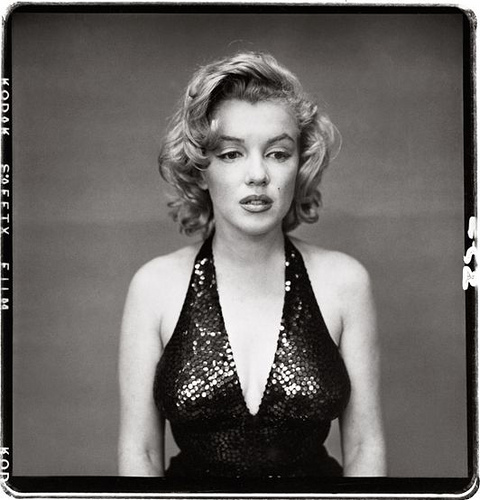


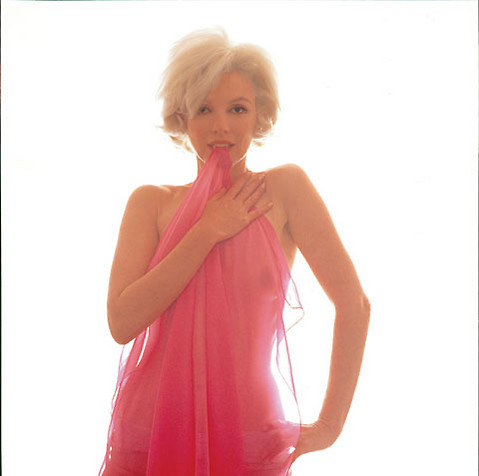


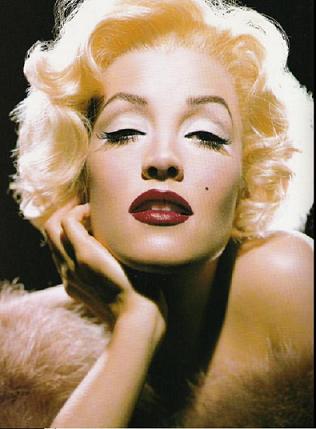
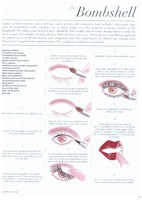
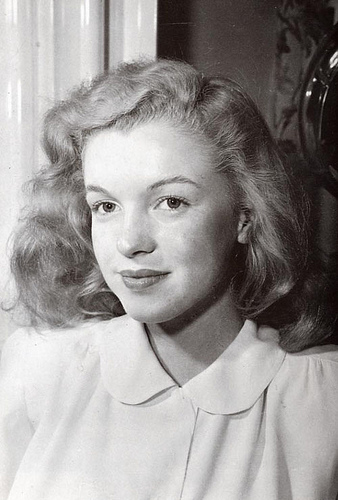
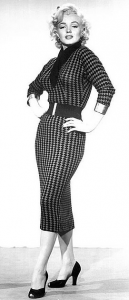
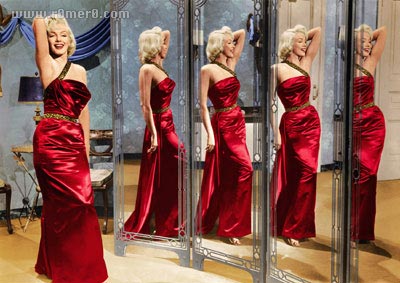
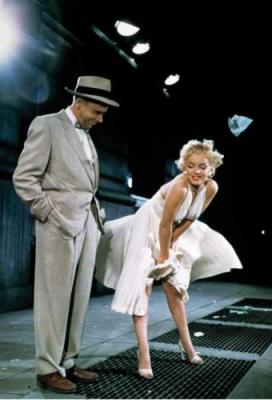
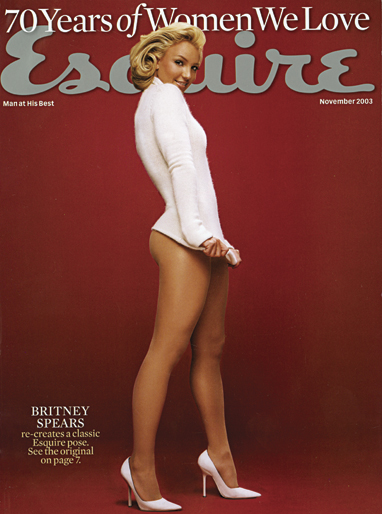
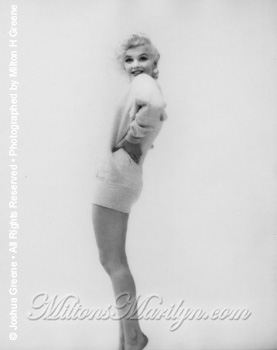

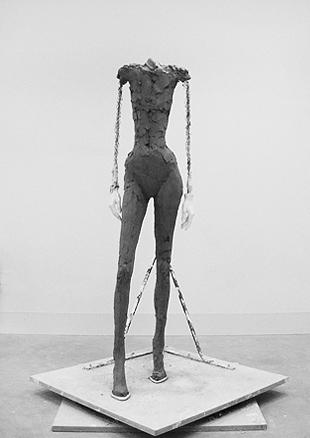
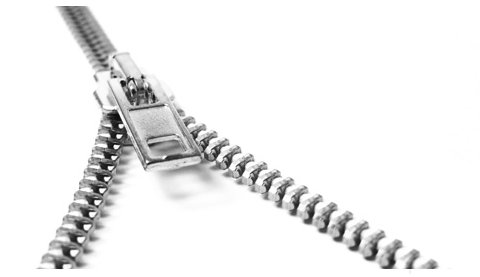
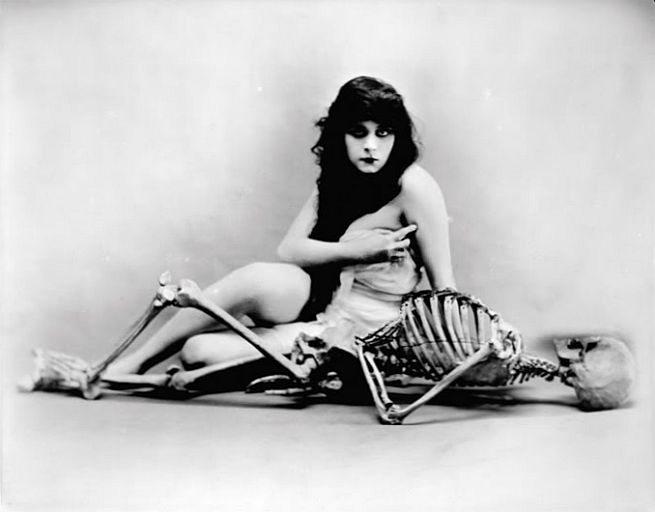
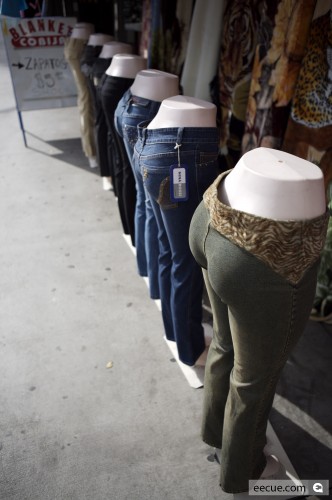
























1 comment
Elly says:
Jan 19, 2011
Fantastic post. Was directed here by a feminist blog and it’s great: currently planning for my MA thesis on fashion (not sure quite yet about the specifics) and it’s great to see so much writing online that is intelligent and articulate!